The closest I ever got to Middle East peace was a kitchen in Napa Valley.
It was 2008. I was at the headquarters of the Culinary Institute of America in St. Helena, Calif., spending three days eating food prepared by the some of the best chefs in the world. The occasion was the CIA’s 11th annual Worlds of Flavor International Conference, and the focus that year was flavors of the Mediterranean.
With no fanfare, no press release, no ceremony,the organizers brought together chefs from countries across the Mediterranean: Lebanon, Turkey, Syria, North Africa, Egypt … and Israel. It was a fact no one spoke about but everyone there recognized: that countries at war with one another would be sharing a single grand kitchen, eating one another’s food, and — when no one was looking — sharing a couple of drinks.
“There are no boundaries,” Meir Adoni, the owner and chef of Catit in Tel Aviv, told me. Adoni’s own family is Sephardic, from North Africa. He trained in Europe and Australia, where he met chefs from all over the world. “We always talked about food, not politics,” Adoni said.
Food was what mattered in Napa, too.
The purpose of the annual conference is to introduce new ingredients and techniques to chefs, restaurateurs and food suppliers. Corporations like Campbell Soup and Simplot foot a big part of the bill, hoping to discover the next new flavor or trend, maybe mastic from Greece or za’atar from the Middle East. At one seminar, Youssef “Joe” Barza, the Emeril of Arab TV, had attendees smell and taste 25 different spices and herbs from his native Lebanon, then he cooked a meal with them. Maybe that doesn’t excite you, but I was living a dream. Each morning I drove through fog-shrouded vineyards to arrive at the gray stone chateau that housed the massive kitchen and the castlelike food hall where breakfast awaited.
At lunch one day, Jim Botsacos, the Greek chef of Molyvos restaurant in New York, took over the courtyard and turned whole lambs on massive spits over roiling oak fires. Closed-circuit cameras and a translator turned every moment into the best cooking show you ever saw: Moments after some of the best chefs in the world had prepared the food, you were eating it and trying out dozens of wines imported from their native countries.
Most of each day was given over to lecture/demonstrations on the foods and techniques unique to each chef or region. I watched Corrado Assenza, owner of Caffe Sicilia SR in Noto, Italy, prepare gelatins and sweetmeats from flowers and herbs he had picked on a hillside behind his restaurant and carefully packed for the journey. The fragrance was so intense, famous Los Angeles chef Piero Selvaggio teared up as he smelled his native Italy.
“Use vegetables that smell and taste of the earth,” Assenza said.
But, not surprisingly, I gravitated toward the Israelis and their neighbors, chefs who share a border but who could never, at least back home, share a kitchen. Jewish cooking expert Joan Nathan led a plenary seminar on new Israeli cuisine that featured Adoni and Erez Komarovsky, founder of Lehem Erez Bakeries and director of a cooking school in the Northern Galilee. The two chefs showed the 800 attendees how their country’s food evolved from the scarcity of the Ashkenazi pioneers to a nascent cuisine that bridges Europe, Asia and the Levant.
“How can a country of 2 million Jewish mothers not have any good food?” Nathan asked the crowd.
The chefs were quick to acknowledge the debt Israeli food owes to the ingredients and techniques of Arab cuisine. I ate, took notes, talked, and ate more than I imagined possible: a garlic and potato cream from Jose Andres; Ana Sortun’s potato, green olive and caper brik with sweet-sour greens; Komorovsky’s roasted cauliflower with tahini and date syrup — a dish I resolved to eat once a month for the rest of my life. It was all alike, and it was all different.
With cuisines from Iran to Spain spread out before me — and world-famous cookbook authors and food historians milling about — the differences and similarities became apparent. Clifford Wright, author of “A Mediterranean Feast,” pointed out that geography dictates much that is common in the cuisine — a diet heavy on similar vegetables, fish and lamb. The porousness of ancient borders ensured that Persian spices like saffron became synonymous with “Mediterranean.” Moslem and Jewish dietary strictures, climate differences and specific cultures created differences, too — and the differences were delicious.
I wasn’t walking around like a foodie Rodney King, wishing we could all just get along. After all, civil wars are fought between people who eat from the same tables, much less the same foods. And in fact, the larger tensions loomed: We journalists were asked to keep the Syrian chef’s name out of print, as he was nervous about how fraternizing with the enemy Israelis would play back home.
This wasn’t about all peoples joining hands over food, it was about food lovers focusing on what they love most, politics be damned. Fred Forsburg, who has devoted his life to growing dozens of varieties of heirloom garlic at Honey Hill Farms in upstate New York, made platters of creamy traditional hummus, switching out only the variety of garlic in each one. I watched as Komorovsky from Israel and chefs from Turkey, Lebanon, Iran and Syria all came up and swiped and sampled and compared flavors. It was the world as a common dish.
The last night was a gala feast, when each chef prepared tables of regional specialties for us to eat. It all went together: from Apulian beans baked in earthenware amphorae to Najmieh Batmanglij’s Pomegranate Khoresh with Sweet Rice With Orange Peel to Antonio de Bari’s Cecamariti (Dried Pea Soup With Croutons) to the Spanish paella and Moroccan tagines.
Amid all of this, the Israelis, Iranians and Lebanese, the Greeks and the Turks all roamed the hallway tasting one another’s food, chatting like all the world was their souk.
A young Iranian chef stopped by to taste Adoni’s stuffed calamari, a decidedly non-kosher representation of the most inventive Israeli food. It brought a huge smile to his face, and Adoni, looking on, smiled too.
“Peace with food,” said Komarovsky — offering me another piece of cauliflower.
Cauliflower Erez
This recipe is from Erez Komarovsky, founder of Lehem Erez Bakeries in
Israel, who now runs a cooking school from his home-slash-farm in the
Northern Galilee.
The combination of date syrup and tahini borrows from a common Arabic
dip, Dibis w’rashi, the Nutella of many an Arab childhood.
But Komarovsky’s combining it with the earthy, caramelized taste of
roasted cauliflower is original, inspired and unforgettable.
You can find date syrup in Middle Eastern markets, or of course
online. If you’re worried you won’t have enough uses for it, relax.
It keeps forever, and you can always pour it into your blender with
some vanilla ice cream and milk for a homemade Date Shake.
2 heads cauliflower
1/2 c. date syrup
1/2 c. tahini
salt and pepper
olive oil
Preheat over to 450 degrees. Rinse and dry cauliflower heads.
Standing them up right, stem side down, slice through the whole head
into 1/4 inch thick slices. Some will maintain their shape, some will
crumble. Just keep going.
Cover one ow two large baking sheets with a thin layer of olive oil,
salt and pepper. Lay out cauliflower in one layer. Drizzle with more
olive oil, salt and pepper. Roast until caramlized on the bottom,
turn and roast until tender and brown at the edges. Remove to a
serving platter, drizzle with date syrup and tahini. Use more or less
of both depending on taste.
For a video of Joan Nathan’s presentation with Erez Komarovsky and Meir Adoni, click here.







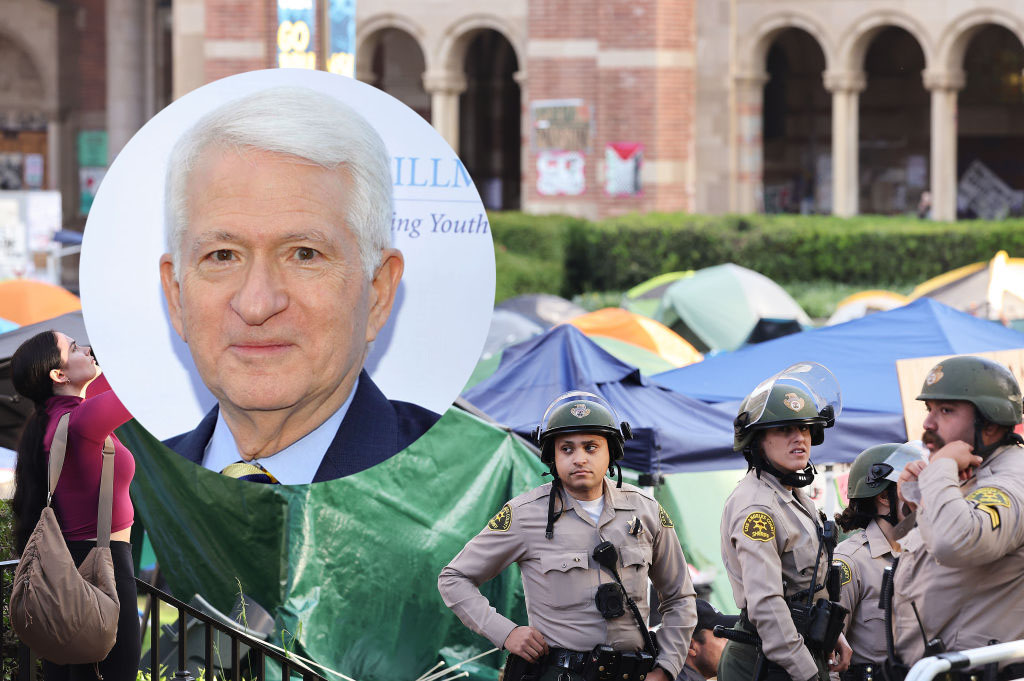
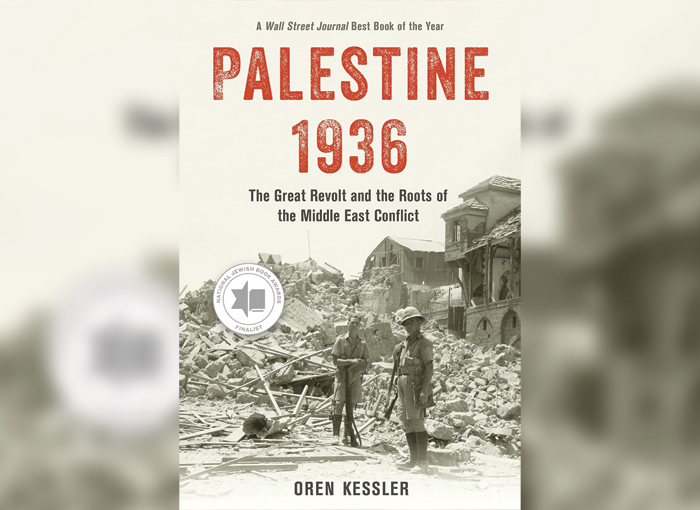
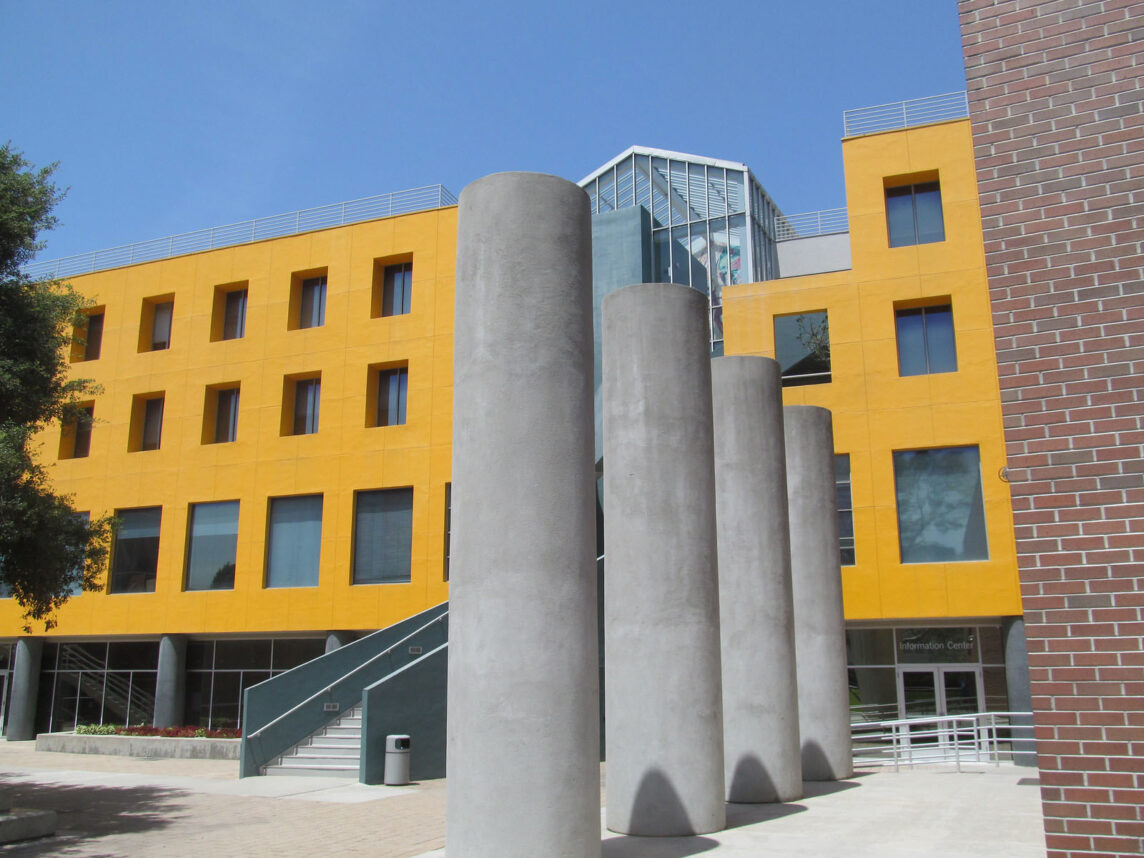
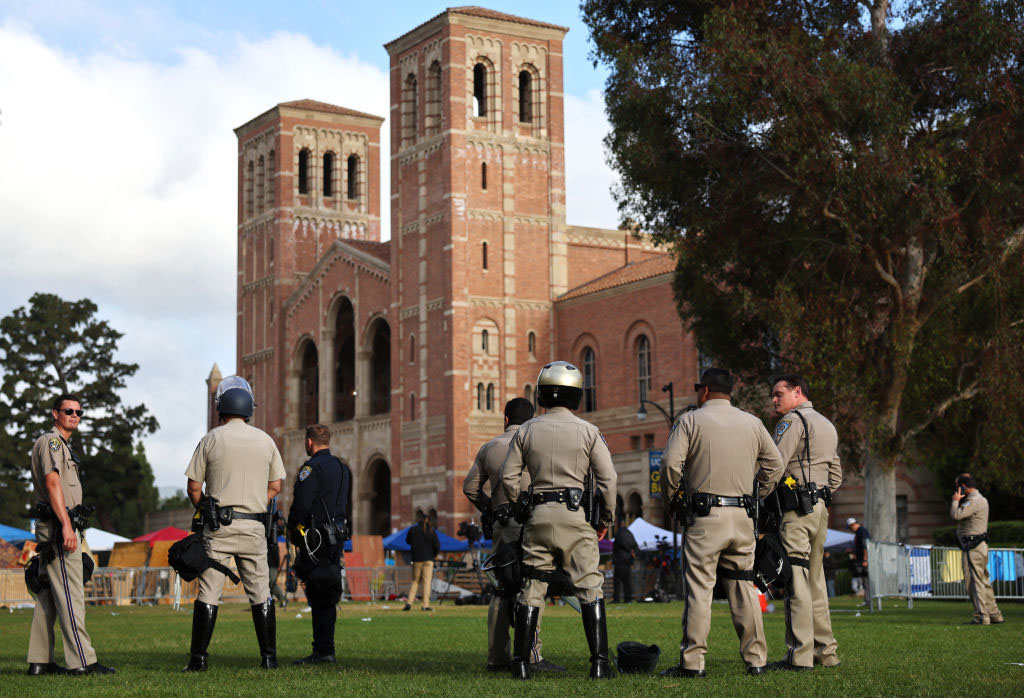
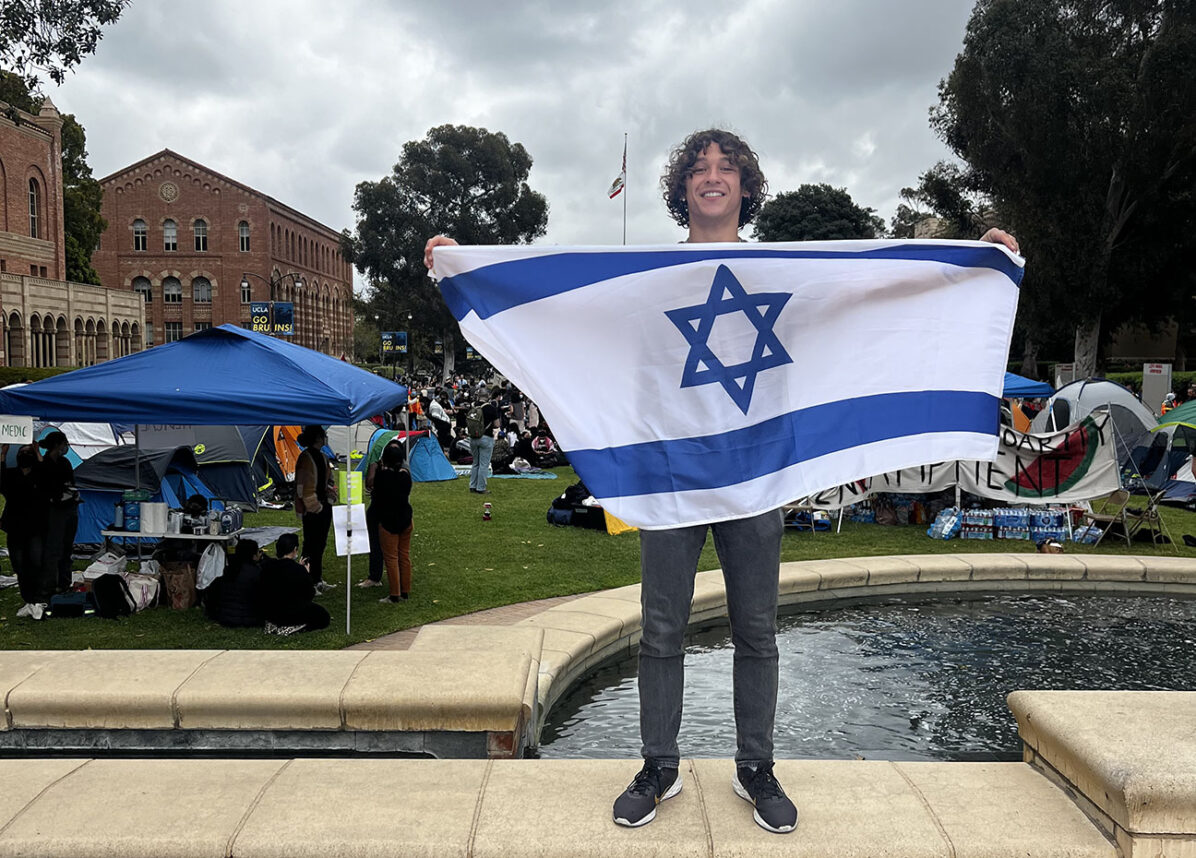




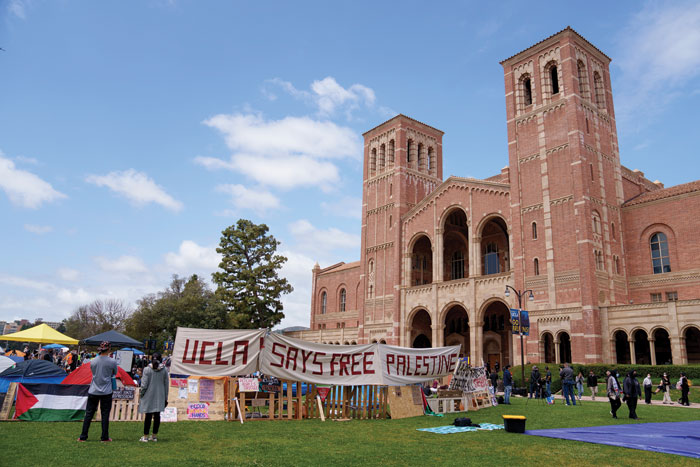






 More news and opinions than at a Shabbat dinner, right in your inbox.
More news and opinions than at a Shabbat dinner, right in your inbox.